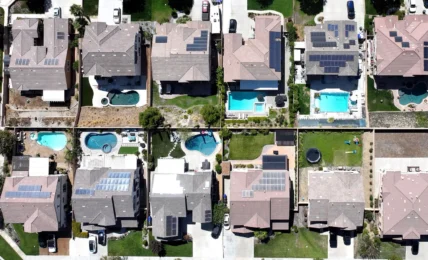The Netherlands announced plans to for a new green Dutch State Loan (DSL) bond issuance, aiming to raise €4-€5 billion to finance climate change mitigation and adaptation projects and initiatives. The issuance is scheduled for June 14.
The new green DSL financing will be carried out under the Dutch State Treasury Agency’s (DSTA) recently updated Green Bond Framework. According to the DSTA, the new framework is the first sovereign framework to be fully compliant with the EU Taxonomy, and to be aligned with the proposed EU Green Bond Standard, on a best effort basis.
The EU Taxonomy, part of the EU Action Plan on Sustainable Finance, is a classification system enabling the categorization of economic activities that play key roles in contributing to at least one of six defined environmental objectives and no significant harm done to the other objectives. The EU Taxonomy regulation went into effect at the beginning of this year, following the approval of the EU Taxonomy Climate Delegated Act (CDA), starting with the first two objectives, climate change mitigation, climate change adaptation.
The development of an EU Green Bond (EuGB) standard was proposed in July 2021, as part of a series of initiatives aimed at promoting a more sustainable financial system and help facilitate the necessary investments to advance the EU’s and global climate goals. The proposed green bond rules were designed to help facilitate the financing of sustainable investments through the creation of a ‘gold standard’ for how companies and public authorities can use green bonds to raise funds on capital markets, while meeting rigorous sustainability requirements and protecting investors from greenwashing. The proposal was recently greenlighted by the EU Council, moving the process to the EU Parliament to draft a final version of the European Green Bond text.
Referencing the EU Taxonomy and EuGB regulations, the DSTA’s Green Bond Framework states:
“The State of the Netherlands fully supports the increased level of ambition and transparency these regulations introduce.”
The framework outlines the list of eligible expenditure categories from the green DSL issuance in order to meet the climate objectives. Categories include Renewable Energy, including subsidies for solar and wind generation projects, and developing a national hydrogen network; Energy Efficiency project targeting the built environment; Clean Transportation, such as upgrades for high frequency rail and other public transportation networks, and; Climate Change Adaptation & Sustainable Water Management, including flood defences, monitoring water levels, and water treatment and distribution projects.
The post Netherlands to Issue €4-€5 Billion Green Bond, First to be Fully Aligned with EU Taxonomy appeared first on ESG Today.


